
Peoples and Languages
Social Media
Leave comments, suggestions, keep an eye on news in our groups on VK, Odnoklassniki and Telegram channel
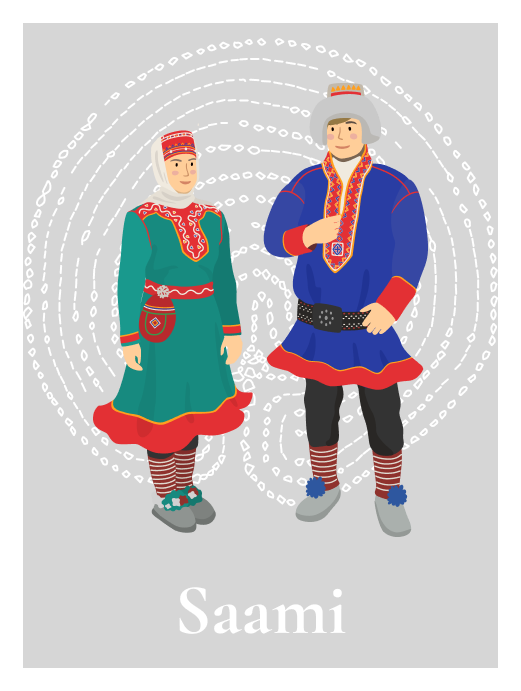
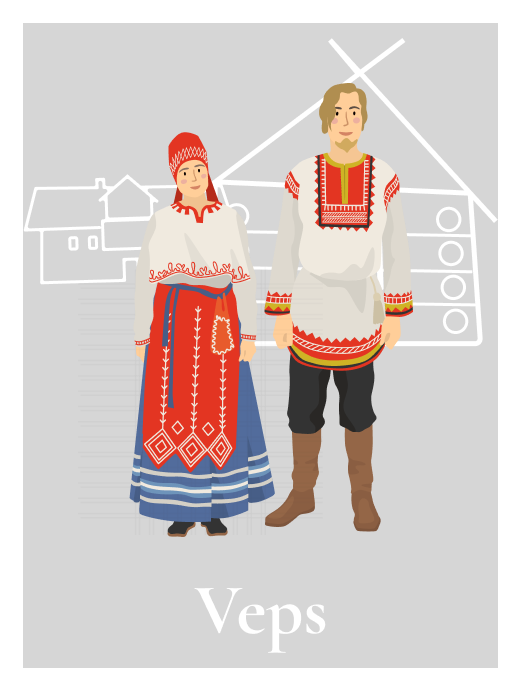
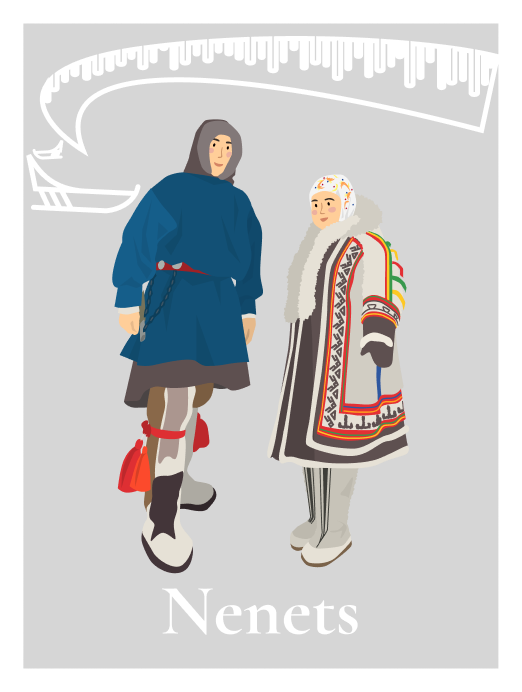
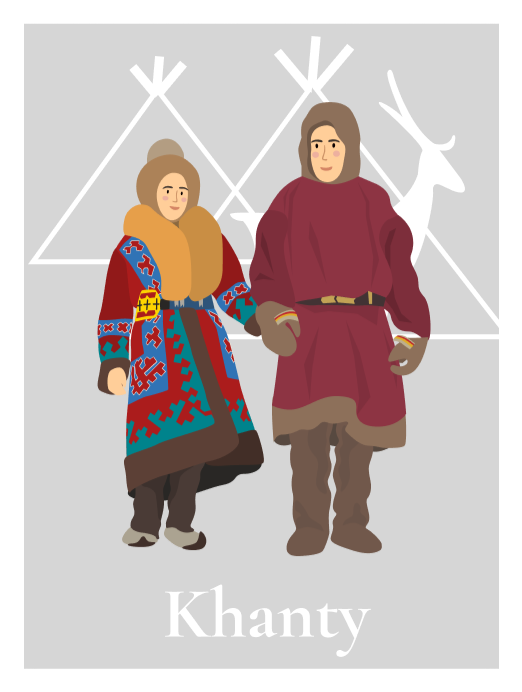
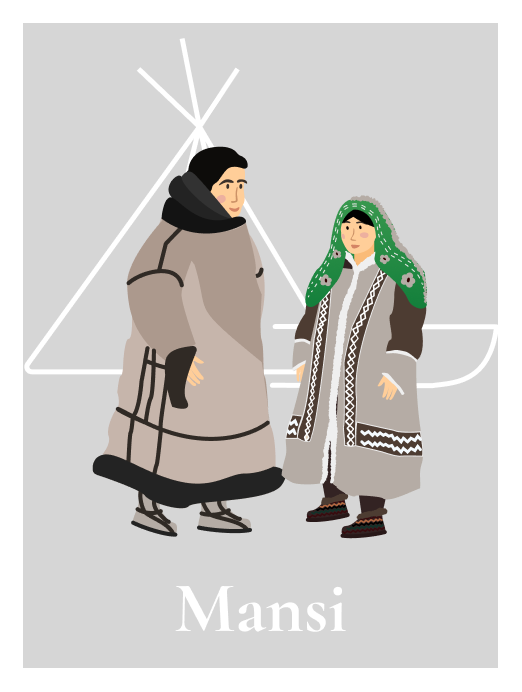
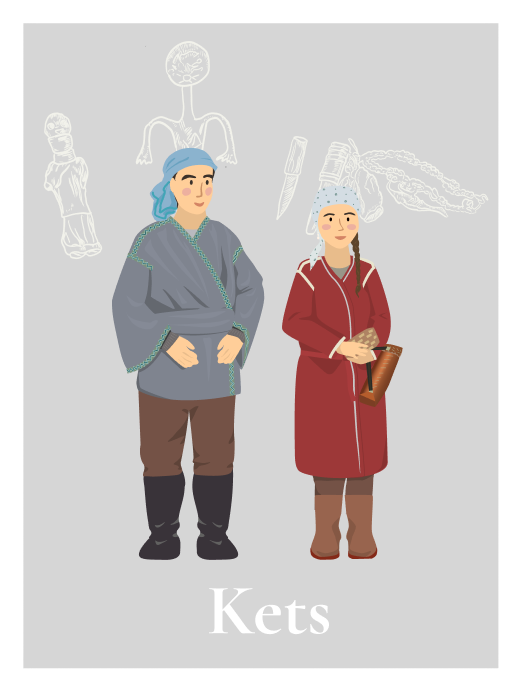
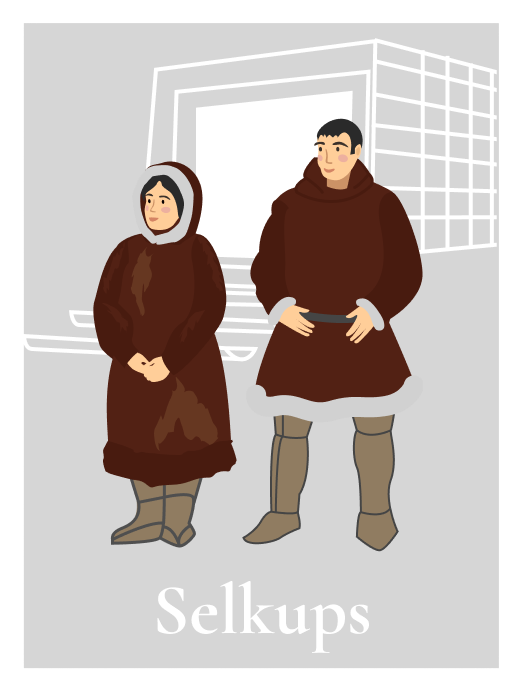
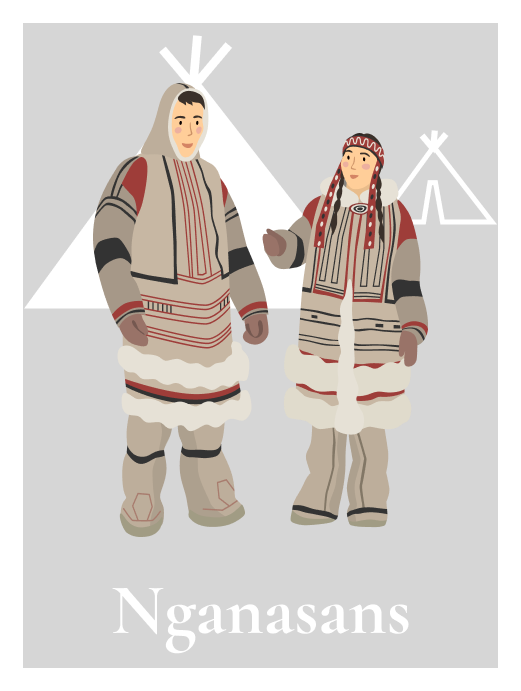
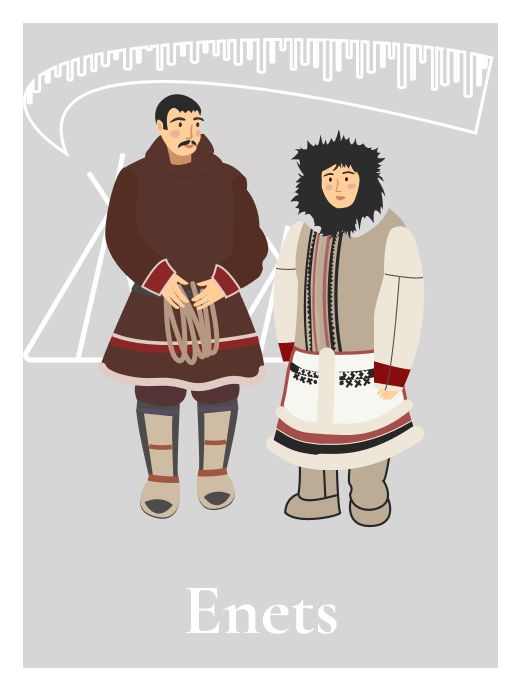
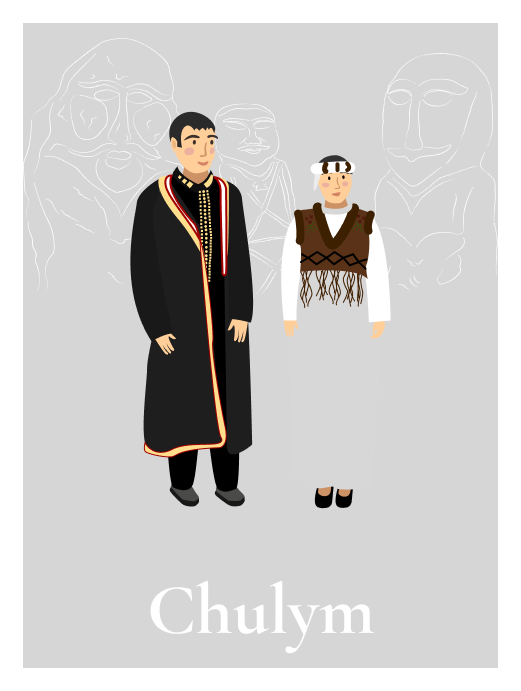
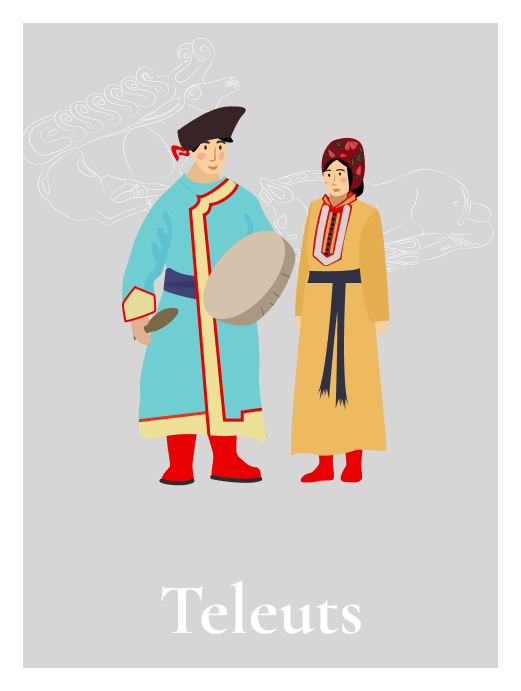
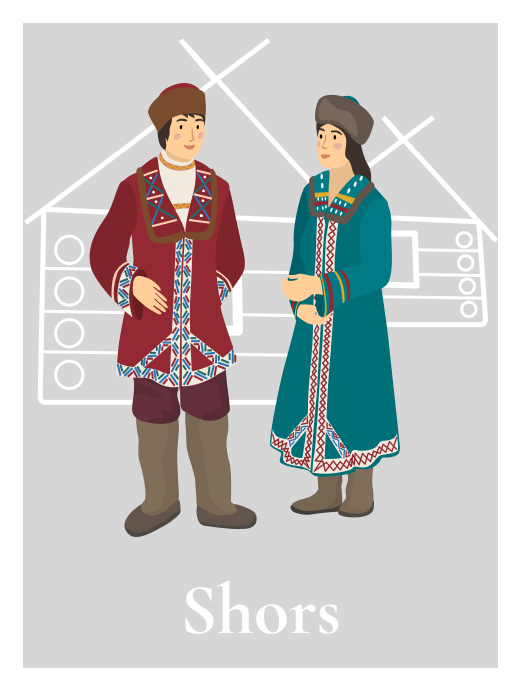
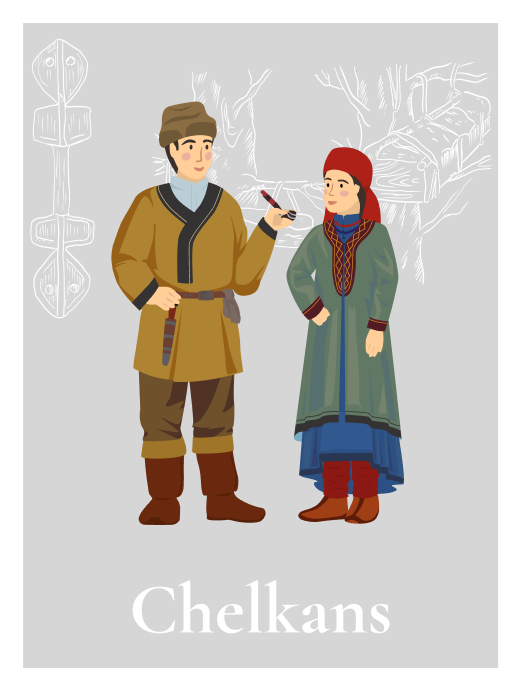
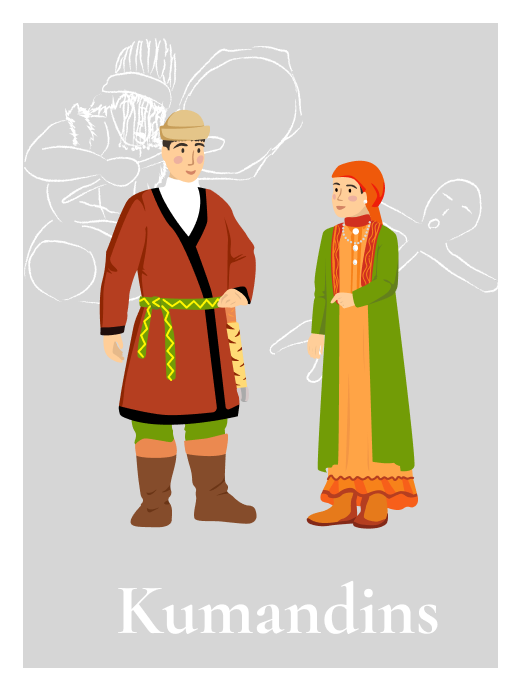

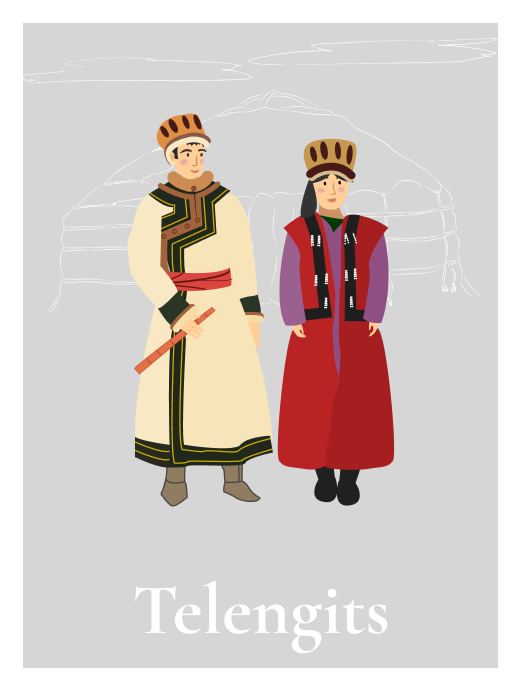
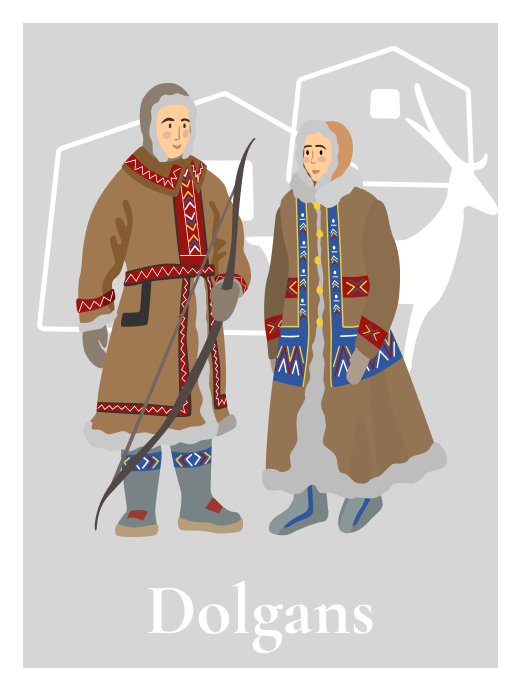

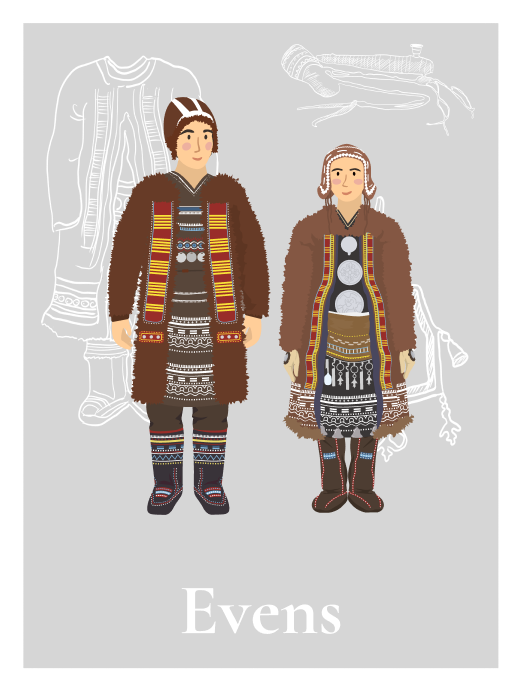
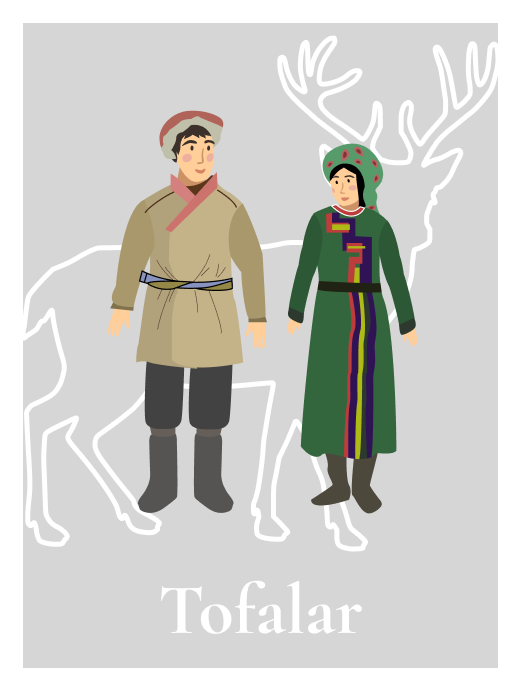
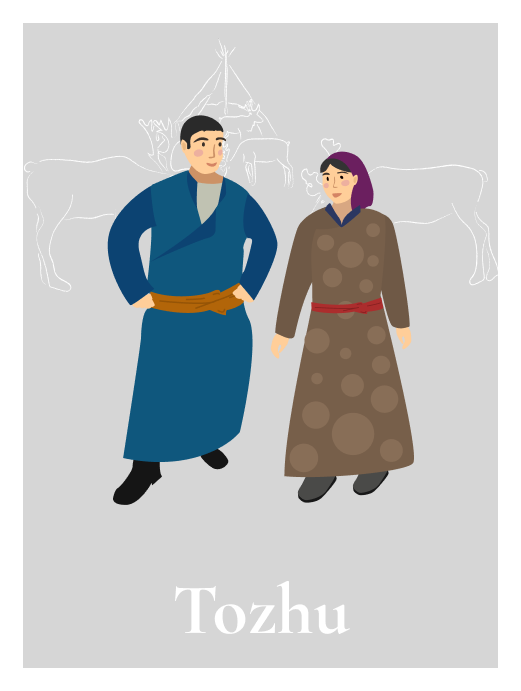

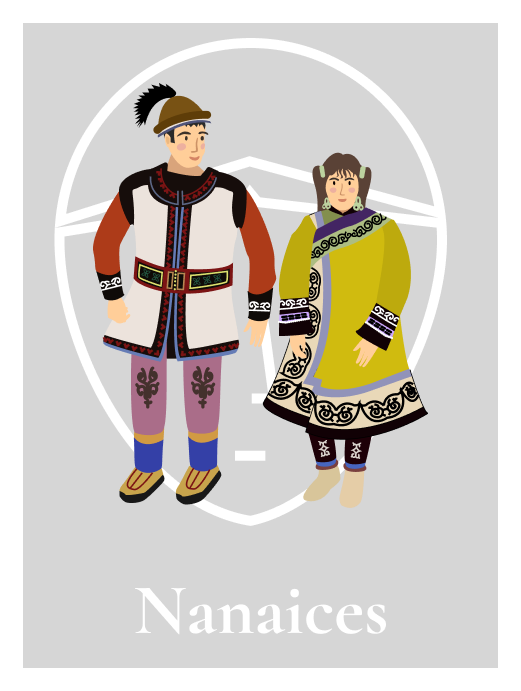
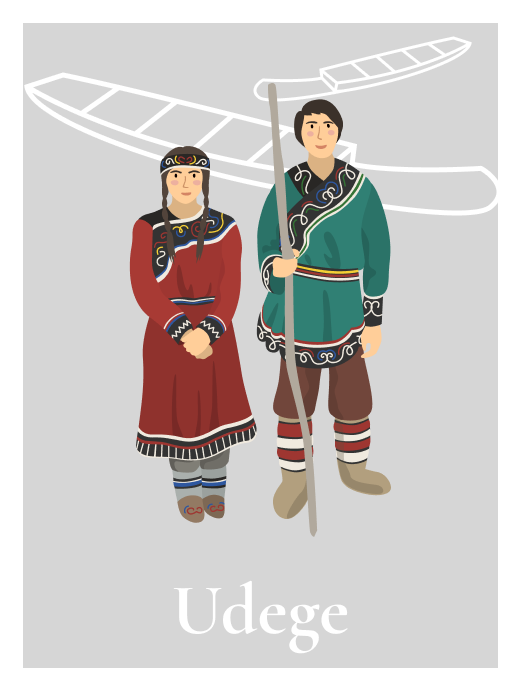
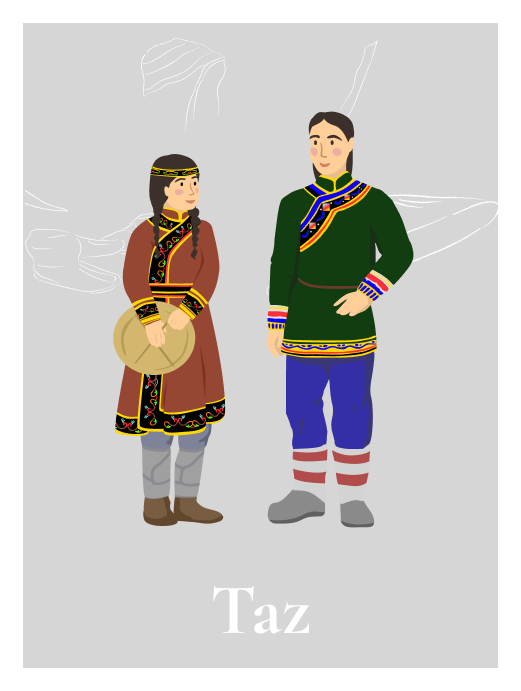




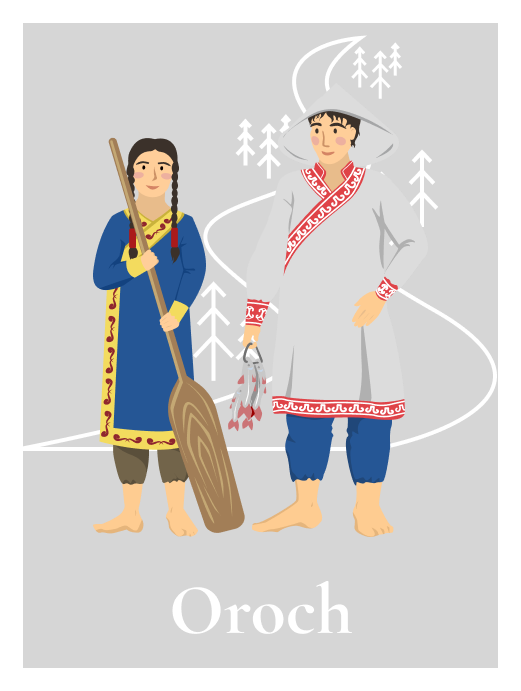
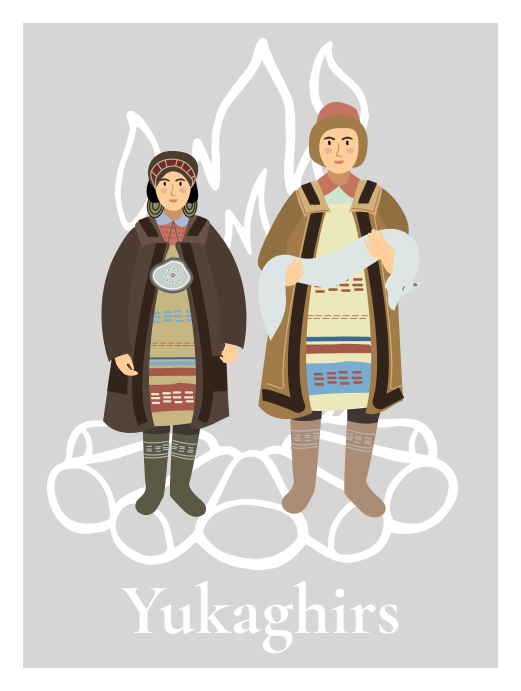
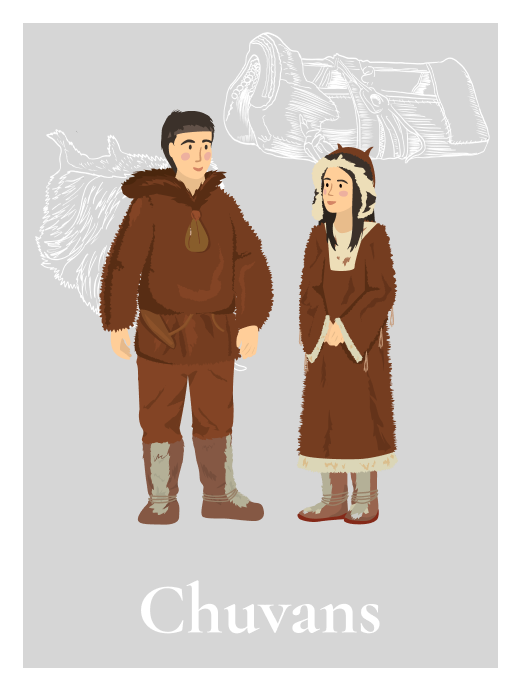

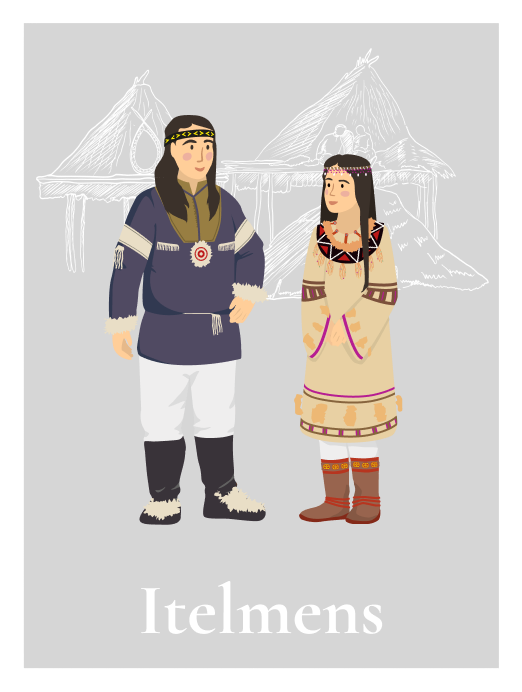
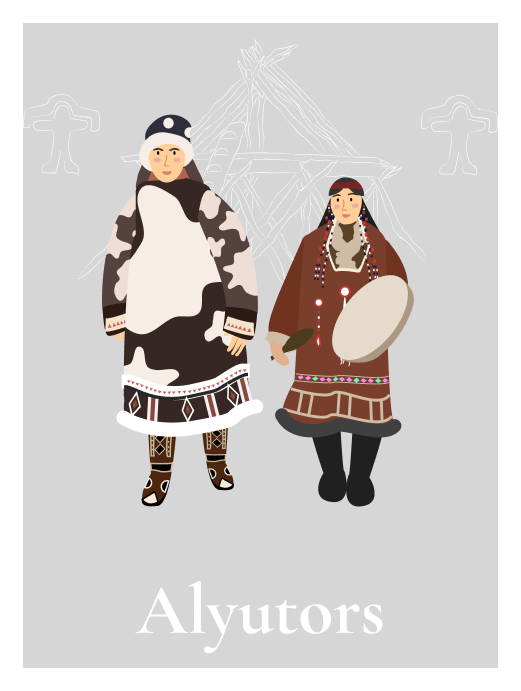
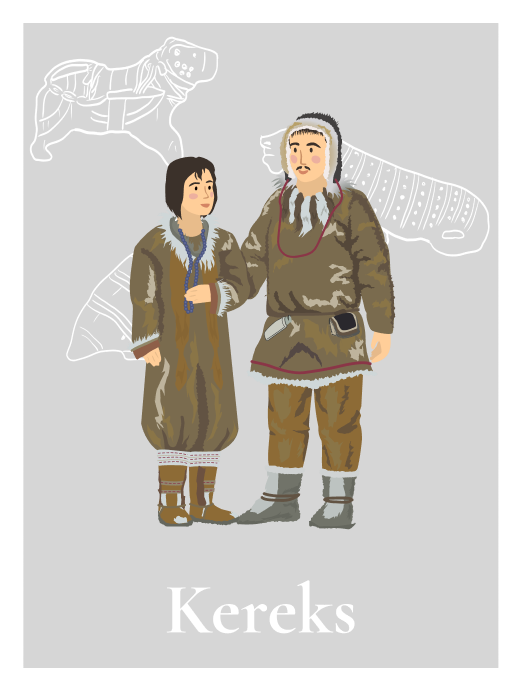


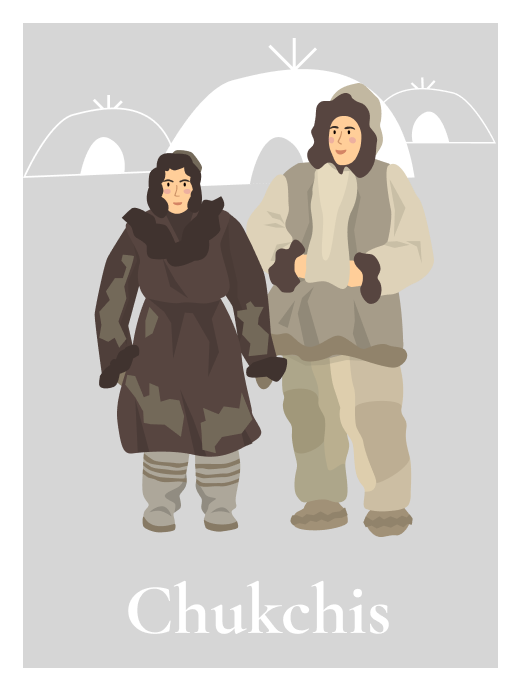
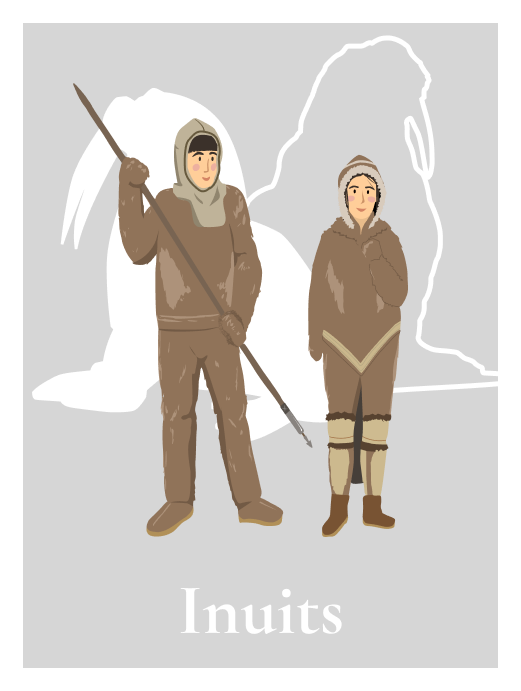
Telengit til, Altai til. The self-name telenut/telenet goes back to the ancient ethnonym tele, common among the tribes inhabiting the Sayan-Altai. The scholars of the 19 – early 20th centuries divided the language of the Altai into two groups, the southern and the northern dialects. The southern group includes the Altai (Altai Kizhi) and Teleut dialects. It should be noted that the names Teleut and Telengit are both used in academic literature (both going back to the name telengut, which appeared in the 19th century), therefore, in the dialectal division the Altai language, the name “Telengit” does not appear.
In the academic works of the 19 – early 20th centuries, the speakers of the Telengit dialect were not isolated linguistically, so there was no information about the specifics of their language. Vasily Radlov wrote: “The language of the Altaians and Dvoedans, throughout the entire region of their settlements, is absolutely the same; it is a purely Turkic dialect that has retained many ancient features, which is indisputable evidence that the Altaians had long ago split from the main body of the Turkic tribes dwelling in the south and have lived here in isolation among the Mongols for centuries” (1989: 127). It should be noted that the scholars of the period called Telengits the Altai people living along the river Chuya, and Teles/Tyolyos/Tolos/Tölös - those who lived on Lake Teletskoye and the Cholushman.

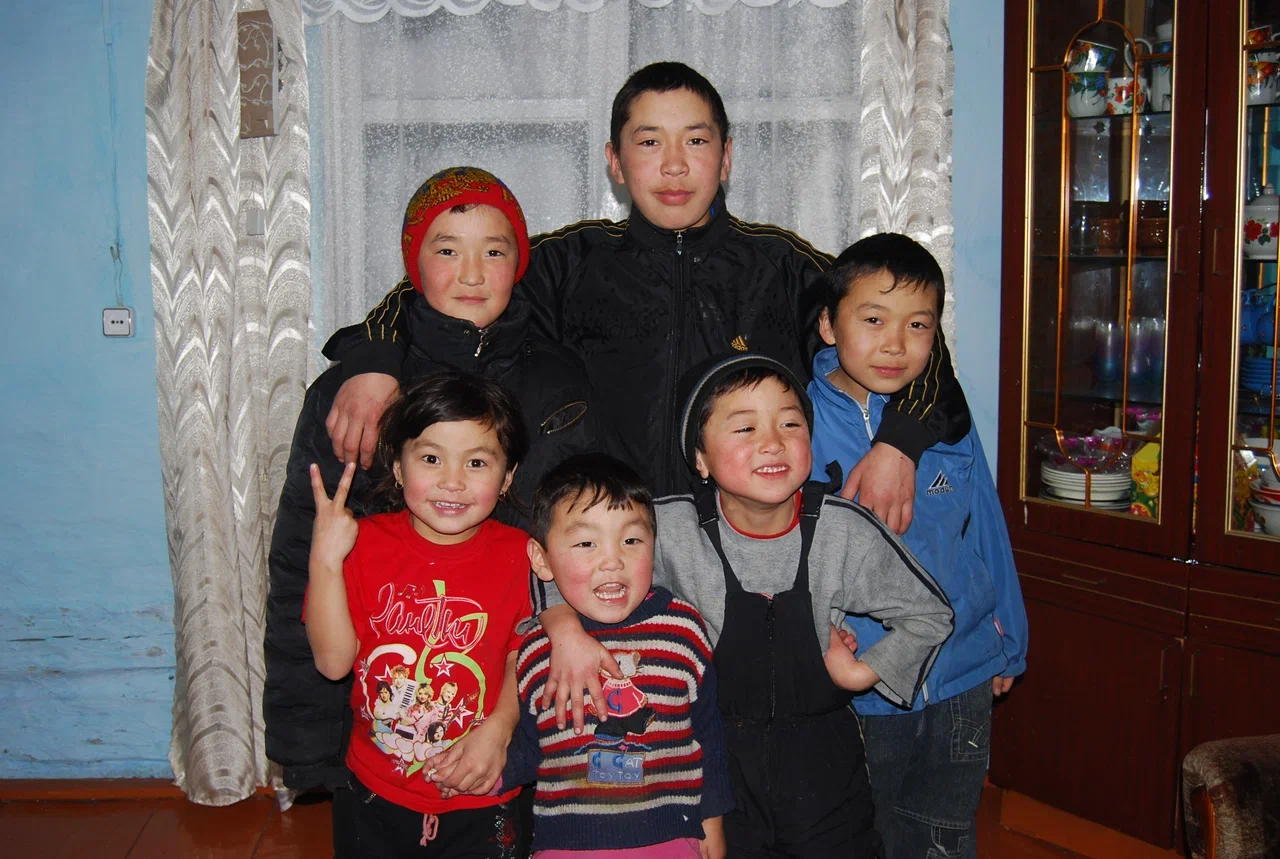
Number of native speakers: 3712. Number of speakers in ethnic settlements: 3712. Total number (according to the census of 2010): 3712 people. According to the administrative data for the settlements of the Ulagan and Kosh-Agach districts of the Altai Republic, the number of Telengits is at least 15 thousand people. Many Telengits call themselves Altaians, some prefer “Altaian Telengits”. The residents of the villages of Balykcha and Kyoyo of the Ulagan district call themselves Tyolyos, Telengits and Altaians.